The history of All Saints’ Mission in Vieques, Puerto Rico
The All Saints’ church was inaugurated in 1880 by the Bishop of Antigua, William W. Jackson and consecrated by Jackson’s successor, The Rt. Rev. Charles J. Branch in 1894.
The church was located at the corner of San José and Muñoz Rivera streets (now located at 557 Plinio Paterson Street). The structure had been a cooperage or sugar warehouse. The property was purchased from Mr. Gustavo Murria for the amount of 1,200 pesos.
Hurricane San Ciprián destroyed the entire physical structure. The church and the vicar’s house were rebuilt in 1934.
The person in charge of the Vieques congregation was Joseph Nathanael Bean, a lay catechist from Bermuda who had worked on the island of Jost Van Dyke as an official of the English treasury. Bean and his wife Lucinda Ann Bean arrived in Vieques on November 7, 1880.
On October 19, 1885, his wife Lucinda Ann Bean, a native of Bermuda, passed away…
Joseph N. Bean decided to study theology at Saint Augustine College in the city of Raleigh, North Carolina. Bean was ordained deacon on November 17, 1889 at St. Augustine’s Church in North Carolina by Bishop T. B. Lyman, D. D. On February 25, 1893 he was ordained priest at St. John’s Church in St. Croix by the Coadjutor Bishop of Antigua, Charles J. Branch.
Bean requested financial help from the Anglicans of Antigua and received three reales to acquire the first Book of Common Prayer. Bean bought the Bibles and had to make the candlesticks and ornaments used in the first religious services. In 1893, a ship’s bell was donated to the congregation to be installed in the bell tower.
During the incidents of the Spanish-American War, the population of Vieques was greatly concerned because the Americans threatened to burn the town. On Wednesday, August 3, 1898, the landowner James Warden invited Rev. Bean to the María sugar plantation to discuss the situation. On September 21, 1898, Rev. Bean wrote a letter to Colonel James Marden, in command of the American troops, to hold a religious service and prevent the destruction of the town.
Bishop George W. Peterkin, on instructions from Presiding Bishop Thomas M. Clark, visited Puerto Rico in 1901. For two months, Bishop Peterkin described Rev. Bean:
In 1901, the All Saints’ Mission celebrated its 21st anniversary of founding with a Holy Eucharist thanksgiving service and the celebration of Holy Communion in which Rev. Hutson, Archdeacon Branch and the Coadjutor Bishop of Antigua Mitchelson participated. After the blessing and the final hymn, there was a refreshment at the rector’s residence.
The mission committee or “vestry” in 1900 was composed of: Rev. Joseph N. Bean, rector, R. H. Fleming, reader Wm. A. Scandal “churchwarden”, Joseph Spencer “churchwarden”; William A. Scandal “vestryman”; Joseph Spencer “vestryman”; John Ballantyne “vestrymen”; R. H. Fleming “vestryman”; A. S. Woodly “vestryman” John M. Walker, “sexton”, Addie M. Bean, “vestry clerk” and secretary Addie M. Bean. It was established that with five members or “officers” constituted a quorum to make decisions or “transact business”.
Joseph N. Bean served with care and dedication to the Vieques congregation for twenty-six years. Due to a cataract disease in 1897, he lost his vision and obtained a pension for his retirement in 1905. Bean died in the odor of sanctity on July 15, 1907. Bean was replaced by Rev. Leonard Read ordained priest by Bishop James H. Van Buren on February 2, 1905.
_____________________
I The street was originally called San José during the Spanish regime and was renamed to honor the memory of a military man named Plinio Paterson who died in the Korean War. Plinio Paterson lived on the next corner walking towards the port of Vieques. I thank Prof. Cynthia Martínez Rivera, retired Spanish teacher, historian and parishioner of All Saints’ Mission for this information.
II Jost Van Dyke is the smallest of the four main islands of the British Virgin Islands archipelago in the Caribbean Sea. Jost Van Dyke is northwest of Tortola and is of volcanic and mountainous origin.
III Charles L. Colmore, “The Beginnings of the Church in Puerto Rico”. Historical Magazine of the Protestant Episcopal Church. Vol XI, 1942, 401; See, Victor Burset, The First Fifty Years of the Protestant Episcopal Church in Puerto Rico, M. Div. Thesis, The General Theological Seminary, 1957, 25-27.
IV Ibid, 402.
V George William Peterkin was the first Bishop of West Virginia. He was educated at the University of Virginia and participated in the Civil War. He graduated from Virginia Theological Seminary in 1869 and was ordained priest in 1869. He served as a priest in Virginia and Maryland. On May 30, 1878 he was consecrated as the first bishop of the new diocese of West Virginia. He was a missionary bishop in Puerto Rico. Bishop Peterkin died in 1916. See, Edward Lee Strider, The Life and Work of George William Peterkin (G. W. Jacobs & Comp., 1929).
VI The Rt. Rev. George W. Perkin, “The Church in Puerto Rico”, Spirit of Missions, April, 1901, 14.
VII Photocopied document from the original identified as “1901” and “Officer of All Saints, Episcopal Church”, Circa 1901 Vieques, P.R. I thank Prof. Cynthia Martinez Rivera for giving me this historical document. At the end of the document it says: “O God our help in ages past, Amen so be it”.
This information was taken from the book Historia de la Iglesia Episcopal en Puerto Rico, Siglos XIX-XXI (pp.52-54) which was written by the Rev. Dr. Iván R. Búxeda Díaz.